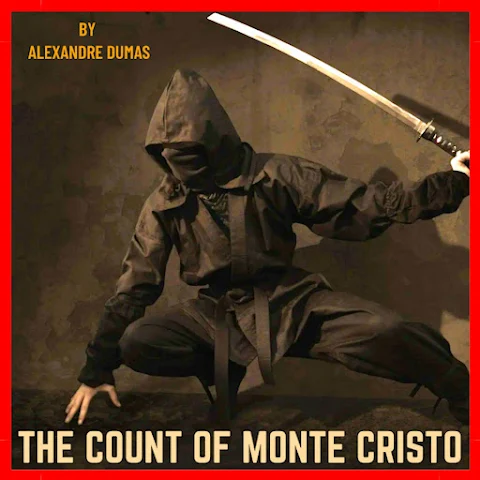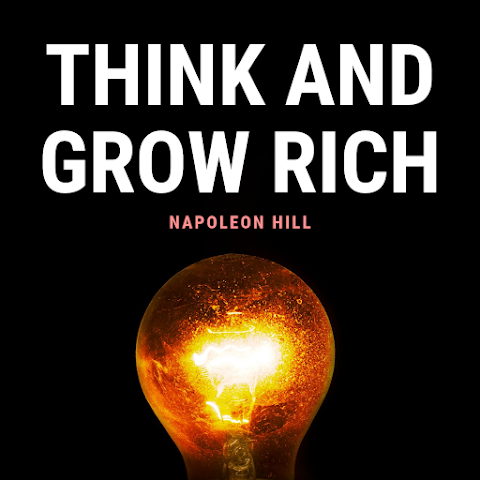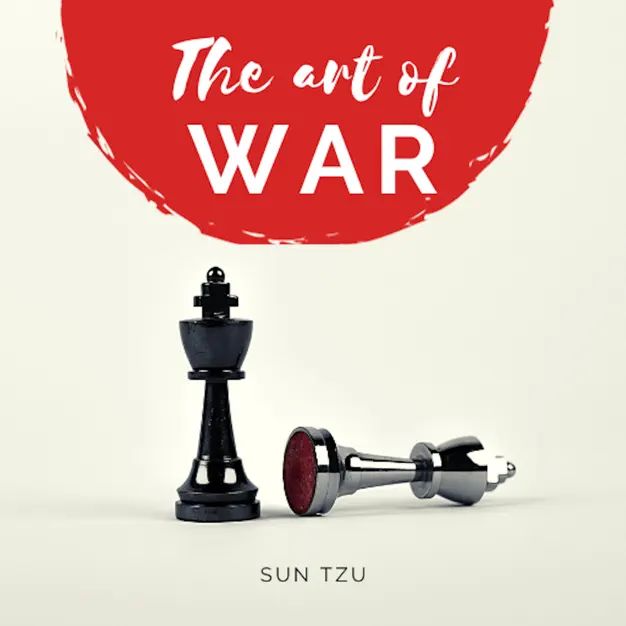The Mathematical Challenge
Consider this: Alexandre Dumas' The Count of Monte Cristo spans approximately 1,300 pages in most editions. The 2025 TV adaptation has eight episodes, likely totaling around 400 minutes of screen time. That means each page of Dumas' intricate plotting gets roughly 18 seconds of television. No wonder The Guardian's review worries the story must be "slashed to ribbons" or risk becoming "incomprehensible."
Yet somehow, creators Greg Latter and Sandro Petraglia have managed to craft a series that maintains the essence of Dumas' revenge epic while meeting the demands of modern streaming audiences. How did they pull off this seemingly impossible task?
Listen on Spotify
Experience the timeless wisdom of The Count of Monte Cristo through our professional audiobook narration. The skilled voice acting brings the novel's valuable life lessons to life, helping young readers absorb important teachings while remaining fully engaged with the story.
The Art of Narrative Compression
What Had to Go
Adapting Monte Cristo means making brutal choices. The 2025 series cuts:
- Secondary Romance Plots: The novel's multiple love stories involving supporting characters
- Political Subplots: Detailed explorations of French politics and Napoleon's influence
- Extended Character Backstories: The novel spends chapters on minor characters' histories
- The Rome Adventures: Entire sequences involving bandits and carnival escapades
- Financial Manipulations: Complex schemes involving telegraph fraud and market manipulation
What Absolutely Had to Stay
The adaptation wisely focuses on core elements:
- The Betrayal: Danglars, Fernand, and Villefort's conspiracy
- The Prison Years: Château d'If and the relationship with Abbé Faria
- The Transformation: From sailor to Count
- The Revenge: Systematic destruction of his enemies
- The Resolution: Questions of justice versus vengeance
Modern Audience Expectations
The Binge Factor
Today's viewers expect:
- Episode Cliffhangers: Each episode must end with viewers desperate for more
- Faster Pacing: No time for Dumas' leisurely scene-setting
- Visual Storytelling: Show don't tell becomes crucial
- Immediate Stakes: Every scene must advance the plot
The Guardian notes the series moves at a pace that risks incoherence, but this reflects modern viewing habits. Audiences trained on Netflix thrillers won't tolerate the novel's meandering digressions.
Creative Solutions to Adaptation Problems
Visual Shorthand
The series uses visual cues to replace lengthy exposition:
- Sam Claflin's "terrible long wig" instantly conveys years of imprisonment
- Costume changes signal character transformations
- Location shifts replace chapters of travel description
- Facial expressions substitute for internal monologues
Dialogue Efficiency (Sort Of)
While The Guardian mocks lines like "If we can't get through this storm, we'll perish," such on-the-nose dialogue serves a purpose. In a compressed adaptation, subtlety becomes a luxury. Characters must state their intentions clearly because there's no time for gradual revelation.
The Streaming Era's Impact
Episode Structure
Unlike weekly network TV, streaming series can:
- Vary episode lengths based on story needs
- Assume viewers will watch multiple episodes in succession
- Use recap features to handle complex plotting
- Trust audiences to keep track of multiple storylines
Global Audience Considerations
The series must work for viewers who:
- May not know the source material
- Are watching with subtitles in various languages
- Have different cultural contexts for revenge narratives
- Expect high production values regardless of budget
What We Lose and Gain
Losses
The compressed adaptation sacrifices:
- Psychological Complexity: Less time to explore Dantès' mental transformation
- Social Commentary: Dumas' critique of French society gets simplified
- Narrative Patience: The slow burn of revenge becomes a rapid fire
- Supporting Character Depth: Secondary players become plot devices
Gains
But the format offers new possibilities:
- Visual Impact: Prison sequences and revenge scenes gain visceral power
- Performance Nuance: Actors like Jeremy Irons add layers through subtle choices
- Momentum: The story moves with thriller-like propulsion
- Accessibility: New audiences discover a classic story
Lessons for Future Adaptations
The 2025 Monte Cristo adaptation offers valuable lessons:
- Embrace the Medium: Don't try to be a filmed book
- Know Your Audience: Modern viewers have different tolerances
- Focus Ruthlessly: Better to do core plot well than everything poorly
- Cast Well: Strong actors can convey complexity quickly
- Accept Imperfection: No adaptation can capture everything
The Verdict on Compression
Yes, cramming 1,300 pages into eight episodes requires massive compromises. Yes, the result sometimes feels rushed or simplified. But the 2025 adaptation succeeds in bringing Monte Cristo to a new generation who might never tackle the doorstop novel.
As The Guardian review suggests, this might be "bad, fun TV," but it's also a testament to the enduring power of Dumas' story. Even compressed, simplified, and modernized, The Count of Monte Cristo remains irresistible. The adaptation may not capture every nuance of the novel, but it captures something equally valuable: the primal appeal of a wronged man's elaborate revenge. In the streaming age, that's no small achievement.



